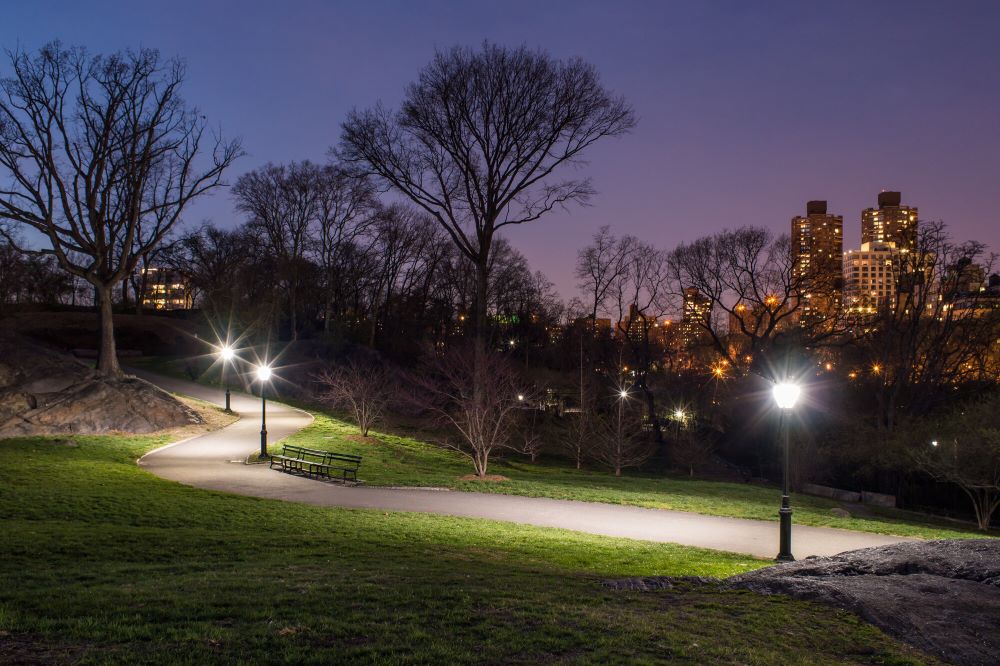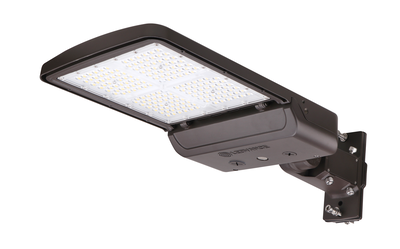In the quest for preserving the natural beauty of our night skies, communities across North America are increasingly adopting Dark Sky Ordinances. These regulations aim to minimize light pollution and promote responsible outdoor lighting practices. In this article, we delve into the concept of being "dark sky compliant" and explore the significance of dark sky compliance, along with the role of dark sky light fixtures.
What is Dark Sky Compliant?
Being "dark sky compliant" refers to adhering to the guidelines outlined in a Dark Sky Ordinance. These ordinances are designed to regulate outdoor lighting to reduce light pollution and its adverse effects on the environment, human health, and astronomical observations. Compliance involves using lighting fixtures that meet specific criteria to minimize light spill, glare, and skyglow.
Dark Sky Compliance: A Commitment to Conservation
Dark sky compliance goes beyond a mere adherence to rules; it reflects a commitment to environmental conservation and the preservation of our night skies. By minimizing light pollution, communities contribute to the well-being of ecosystems, protect nocturnal wildlife, and enable residents to enjoy the splendor of starry nights. Dark sky compliance is, therefore, a step toward sustainable living and responsible urban development.
The Importance of Dark Sky Ordinances
Environmental Impact: Excessive artificial lighting disrupts ecosystems, affecting the behavior of nocturnal animals and impacting plant growth. Dark Sky Ordinances mitigate these effects, fostering a healthier balance in nature.
Human Health: Overexposure to artificial light at night can disrupt circadian rhythms, leading to sleep disorders and other health issues. Dark sky compliance helps create environments that support natural sleep cycles and overall well-being.
Astronomical Observations: Light pollution hinders astronomers' ability to observe celestial objects clearly. Dark Sky Ordinances enhance the conditions for stargazing and scientific research, fostering a deeper understanding of our universe.

How to become Dark Sky Ordinance?
Switch to LEDs:
Embrace
energy-efficient LEDs for outdoor lighting. These versatile bulbs offer a warm glow and are dimmable, allowing you to adjust light levels as needed. The adoption of LEDs is a widespread trend, contributing to energy savings in various cities.
Consider Color Temperature:
Be mindful of the color temperature, as blue light can be detrimental to nature and human health. Opt for LEDs with a color temperature of no more than 3000K for a warm and amber-like glow, minimizing the environmental impact while maintaining energy efficiency.
Reduce Light Waste:
Minimize light waste by illuminating only necessary areas. Utilize timers or sensors to control lighting, turning it on only when required. Following Department of Energy guidelines can help businesses calculate energy savings and reduce light waste, benefiting both humans and wildlife.
Choose Shielded Fixtures:
Install modern outdoor lighting fixtures with shields directing light downward. This reduces glare, minimizes light pollution, and enhances visibility at night. Shielded fixtures contribute to preserving the natural darkness of the sky, allowing stars to shine without excess glare.
Optimal Lumen Levels:
Avoid excessively bright outdoor lights. Assess the necessity of extremely high lumen fixtures, taking into account factors such as the desired illumination level and the specific application area. Aim for a balanced approach that facilitates outdoor navigation without causing excessive brightness that disrupts sleep patterns. Ensure that your selected lighting solution effectively meets the essential requirements for the intended outdoor space.
Value Class Wattage Selectable Area Flood Light: Dark Sky Ordinance Lighting Solution
Introducing the
Value Class Wattage Selectable Area Flood Light, an economical and versatile outdoor lighting solution designed for hassle-free installation. With its types III, IV, and V distributions and robust thermal performance, this luminaire offers efficient illumination across various settings. Featuring selectable wattage and lumens options and color temperatures ranging from 3000K to 5000K, it allows for customizable lighting tailored to specific needs. Additionally, with compatibility with
LEDVANCE LINK™ Bluetooth® controllers and sensors, along with optional field-installable motion/daylight sensors, it offers enhanced control and energy-saving capabilities. Simplify your outdoor lighting projects with the Value Class Wattage Selectable Area Flood Light, delivering reliability, efficiency, and convenience in one package.

FAQs on Dark Sky Compliance
Are Dark Sky Ordinances mandatory?
Dark Sky Ordinances are usually adopted voluntarily by communities, but some areas may make compliance mandatory to ensure widespread adherence.
How can individuals check if their community has a Dark Sky Ordinance?
Residents can contact local government offices or check their city's website for information on existing ordinances related to outdoor lighting.
Are there financial incentives for dark sky compliance?
It's possible that some regions offer rebates or incentives for using dark sky-compliant lighting. To find out if your area provides financial benefits for dark sky compliance, please check with local authorities or utility companies.
Conclusion
As North American communities increasingly recognize the importance of preserving our natural nightscapes, Dark Sky Ordinance and compliance have become crucial elements of urban planning. Being dark sky compliant is not merely a regulatory requirement; it signifies a collective effort to foster sustainable living, protect the environment, and allow residents to reconnect with the awe-inspiring beauty of the night sky. Through responsible choices in outdoor lighting, we can collectively contribute to a brighter future—one that is, ironically, darker when it comes to light pollution.



